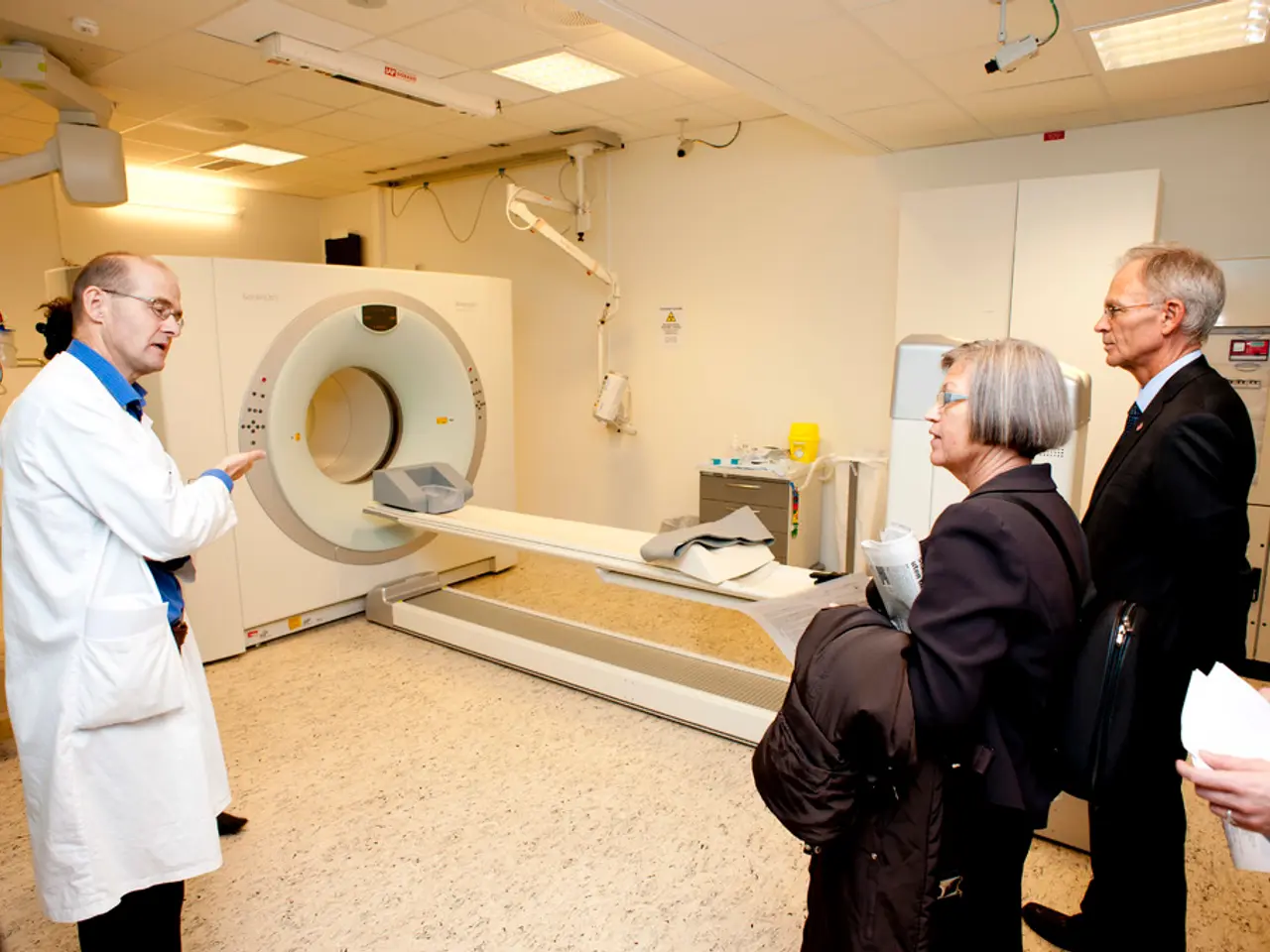Transforming Healthcare Digitally and Fostering Innovation at ViVE 2023 Conference
In the rapidly evolving landscape of healthcare, digital transformation has become a critical focus for industry leaders. At the recent ViVE 2023 conference, key discussions centred around integrating technology in ways that support clinical workflows, reduce provider burden, and demonstrate measurable clinical impact.
One of the primary challenges identified is integration complexity. The integration of various digital health tools, such as apps, telehealth, and educational content, into electronic health records (EHRs) can add complexity and mental fatigue for clinical teams. To address this, strategic partnerships are being formed, with companies like Xealth collaborating closely with major health systems as co-creators, streamlining integration and scaling digital offerings efficiently while curating tailored digital assets within EHRs.
Another significant challenge is protecting clinical workflow. Clinicians often resist technology that disrupts their workflow or increases "click fatigue." To overcome this, a clinician-centered implementation approach is being adopted, with technology being introduced gradually and allowing clinicians to start with a subset of features. This approach, as demonstrated by Sunoh.ai’s EHR AI assistant, reduces click fatigue and supports complex patient care.
Data and trust are also critical considerations. To justify investment, digital interventions need to provide clear evidence of improving patient outcomes and engagement. Establishing digital trust and managing cybersecurity is equally important. Successful digital platforms track usage and clinical outcomes, publishing evidence like reduced surgical no-show rates to demonstrate value to healthcare organizations with tight budgets.
Embracing AI and telehealth advances is another strategy being promoted. Education and deployment of AI-driven tools such as chatbots, automated patient communication, and virtual care modalities are being encouraged to overcome system burdens and workforce shortages accelerated by COVID-19.
Sara Vaezy, chief strategy and digital office at Providence, focuses on demand generation, aggregation, and capture from discovery to care delivery. Her approach involves spending time on problem definition through different lenses, including the health system, patient, consumer, and provider lenses.
Dr. Ashis Barad, chief digital and information officer at Allegheny Health Network, uses the "five E framework" (experiences, engagement, empowerment, efficacy, and earnings) in his role. Meanwhile, Dr. Albert Chan, chief digital health officer for Sutter Health, focuses on improving access to care and reducing friction with digital solutions.
Healthcare organisations need to redefine their culture to cater to patient demands for digital-first experiences. Executive buy-in is critical for a successful technology implementation, and change management is hard work. Involving clinicians early in the design phase and practicing empathetic listening are essential in solving problems and partnering with clinicians.
Partnerships are important in navigating technology implementations, with Chris Carmody, focused on building relationships with the chief analytics officer and data scientists to define direction and vision in data analytics, warning against working with vendors that lack IT architecture assessments.
Tressa Springmann is proud of her relationship with her organisation’s chief marketing officer, enabling better understanding of the community and digital-first initiatives. Archuleta emphasised that IT must be a core component of technology implementations, especially for security reasons.
In conclusion, digital transformation in healthcare requires a balanced combination of smart integration, clinician-friendly design, strong partnership ecosystems, and rigorous evidence of clinical and operational benefits to overcome key adoption hurdles. The time for innovation in healthcare is now, and industry leaders are rising to the challenge.
Science plays a crucial role in the development and implementation of digital health solutions, as it provides evidence-based insights for improving patient outcomes and engagement. medical-conditions and health-and-wellness are key areas where technology and AI advancements, such as chatbots and virtual care modalities, can address system burdens and workforce shortages.
In the healthcare sector, technology adoption is not just about introducing new tools, but also about cultivating a digital-first culture that prioritizes user-friendly design, strategic partnerships, and data protection. This shift towards health-and-lifestyle integration implies that technology should be embraced in a way that minimizes clinician workload, ensures data security, and demonstrates measurable clinical impact.




